✓ Joining us on our Whatsapp Channel: 💬 Explore and Escape!.
Booking through us:
✓ 🏩 🛌 Handpicked Luxury Stays in Budget: Booking.com | Agoda.com
✓ 🍹⛱️ Deals on Private xfers, SIM Cards, City tours, Day trips : 📍🗺️ GetYourGuide | 🛵🧳 Klook
There are great many things to do in Japan, and so are in Niimi.
Nestled in the heart of Japan’s Okayama Prefecture lies a hidden gem that is a must-see for any adventurous traveler.
Niimi, an enchanting city surrounded by breathtaking mountains and serene waterfalls, offers a plethora of activities to satisfy any wanderlust soul.
From hiking picturesque trails to indulging in unique local cuisine, Niimi promises to captivate and inspire any curious explorer.
Without further ado listed below are some of the most fun things to do in Niimi:
1. Niimi Castle Ruins
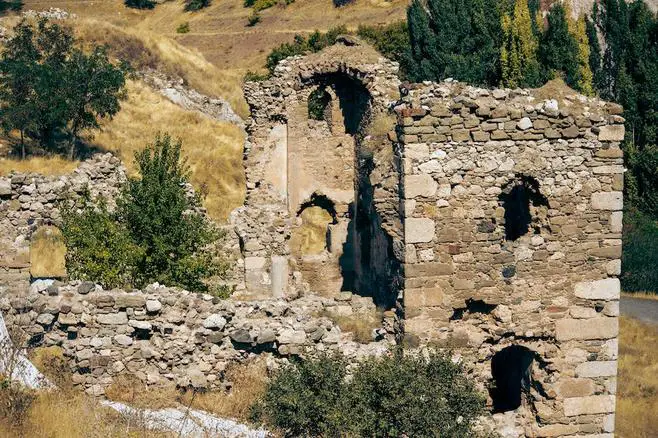
Niimi Castle Ruins is the remains of an ancient castle located in Niimi City, Okayama Prefecture, Japan.
What to see or do: Explore the ruins of the castle and the surrounding area. Climb up to the top of the hill for a panoramic view of the city.
Take a stroll around the park and enjoy the cherry blossoms in the spring.
Don’t miss: The well-preserved Ishigaki stone walls that surround the castle ruins. These walls were constructed using a technique called “ishigaki” and are considered a masterpiece of ancient Japanese construction.
Insider travel tips: Visit the castle in the early morning or late afternoon for fewer crowds and better photo opportunities. Don’t forget to bring comfortable shoes and clothing as there is a lot of walking and climbing involved.
Additionally, be sure to stop by the nearby Niimi History and Folklore Museum to learn more about the city’s rich history and culture.
2. Takashima Park
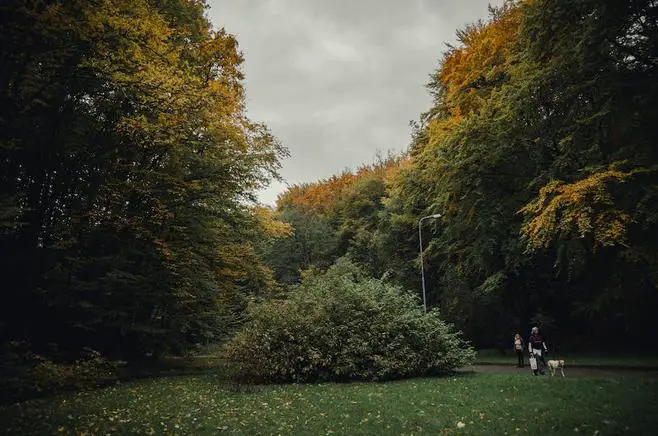
Takashima Park is a beautiful public park located in the city of Niimi in the Okayama Prefecture of Japan.
What to see or do: The park boasts a stunning lake with a variety of swan boats available for rent for a nominal fee. There are also walking paths around the lake, where visitors can enjoy the tranquil scenery and breathe the fresh air.
The park features an array of seasonal flowers, including cherry blossoms in the spring and colorful foliage in the fall.
Don’t miss: Don’t miss the chance to take a stroll through the park’s Japanese garden, which offers a serene atmosphere and picturesque views.
Insider travel tips: The park is open year-round, but the best time to visit is during the cherry blossom or autumn foliage seasons.
3. Yubara Onsen
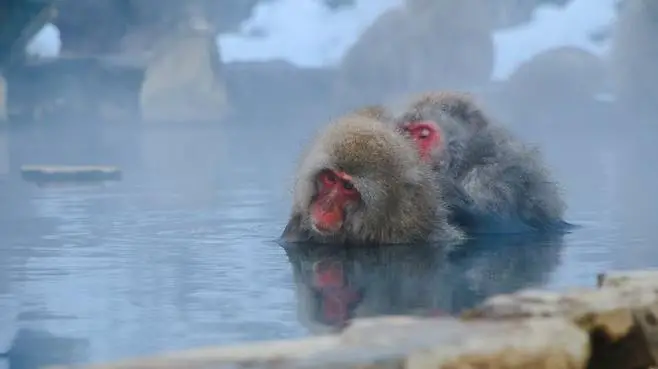
Yubara Onsen is a beautiful hot spring town located in the countryside of Niimi city in Okayama prefecture. It has a long history dating back to the Edo period and is known for its healing hot spring waters.
What to see or do: Visitors can take a relaxing dip in one of the many hot spring baths throughout the town, including a few with outdoor baths offering stunning views of the surrounding mountains.
Yubara Onsen also offers a foot bath area for those who want to soak their feet while enjoying the natural scenery.
Stroll through the town to see traditional Japanese architecture or visit the nearby Yubara Dam.
Don’t miss: Make sure to try the famous “Onsen Tamago”, or hot spring boiled egg, which is said to be extra delicious due to the high mineral content of the hot spring water.
Insider travel tips: If you have time, consider taking a day trip to the nearby town of Takahashi to see the beautiful Bitchu Matsuyama Castle, one of the few remaining castles in Japan with an original keep.
Additionally, consider going during the winter months to see the breathtaking “Yukitoro” snow lantern festival.
4. Yubara Dam
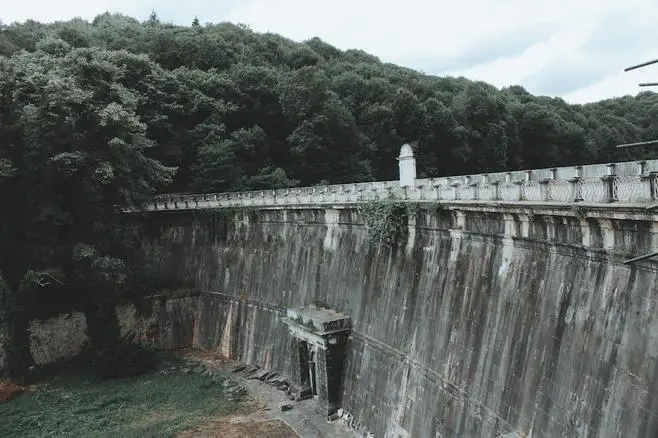
Yubara Dam is a concrete gravity dam located in Niimi City, Okayama Prefecture, Japan.
What to see or do: Visitors can enjoy activities such as fishing, boating, and hiking. The dam’s observation deck offers a breathtaking view of the surrounding mountains and valleys.
Don’t miss: The Yubara Hot Spring, located nearby, is a must-visit attraction where visitors can relax and enjoy the natural hot springs.
Insider travel tips: Make sure to check the dam’s water release schedule before planning a trip, as it can affect water activities. Additionally, bring comfortable shoes for hiking and warm clothing during colder months.
5. Ishidoji Temple

Ishidoji Temple is a beautiful Buddhist temple located in the heart of Niimi, Japan. It is one of the most popular tourist attractions in the city, renowned for its stunning architecture and serene atmosphere.
What to see or do: Visitors can explore the temple grounds, which are home to several impressive buildings and statues. The highlight is the Hondo, or main hall, which is filled with intricate Buddhist art and artifacts.
Don’t miss: Be sure to check out the temple’s beautiful gardens, which showcase traditional Japanese landscaping techniques. The gardens are particularly stunning in the spring, when cherry blossoms are in full bloom.
Insider travel tips: – Ishidoji Temple can be crowded during peak tourist season, so plan to arrive early in the morning or later in the afternoon to avoid the crowds.
6. Tama Hills Nature Center
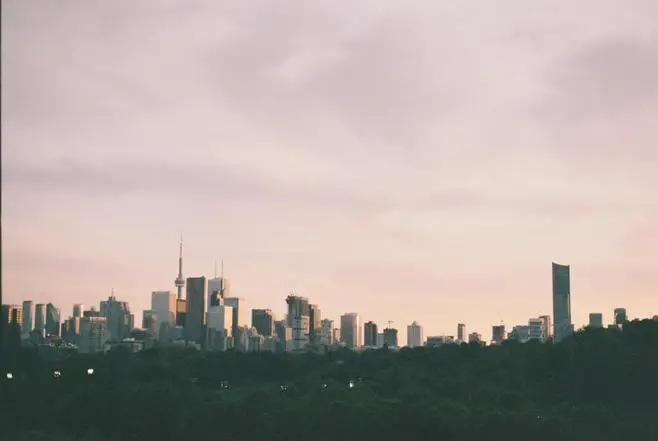
Tama Hills Nature Center is a vast forested area in the Niimi area of Okayama Prefecture, Japan. It covers an area of 180 hectares and is a great place for nature enthusiasts to hike and explore.
What to see or do: There are several hiking trails of varying difficulty levels, with stunning views of the surrounding mountains and forests.
The nature center is home to an abundance of flora and fauna, including unique bird species such as shrikes and long-tailed rosefinches.
Don’t miss: The highlight of Tama Hills Nature Center is the observation tower, which offers a panoramic view of the entire area. Visitors can see the stunning autumn foliage from the tower during the fall season.
Insider travel tips: Wear comfortable shoes for hiking as some trails can be steep and rocky.
7. Imaicho Historical District

Imaicho Historical District is a quaint neighborhood in Niimi, Okayama Prefecture, known for its well-preserved historic buildings, streets, and traditional Japanese architecture.
What to see or do: Explore the streets and alleys of Imaicho to admire the beautiful wooden houses and buildings, some of which date back over 500 years.
Visit Shinko-ji Temple, a well-preserved temple with a stunning garden and excellent examples of traditional Japanese architecture.
Make a stop at the Imaicho Machiya Museum to learn more about the history of the town and its unique architecture.
Don’t miss: Be sure to see the unique “hirairi-zukuri” houses, which have their entrances facing the side street instead of the front street.
Take a stroll along the “Uchimachi Gai” shopping street lined with traditional shops and cafes.
Insider travel tips: Visit in early April for the Imaicho Cherry Blossom Festival and enjoy the stunning cherry blossoms that line the streets and alleys.
Wear comfortable shoes as many of the streets are steep and narrow. Take your time and wander around the alleyways to discover hidden gems and unique architecture.
8. Yumechiyo Museum
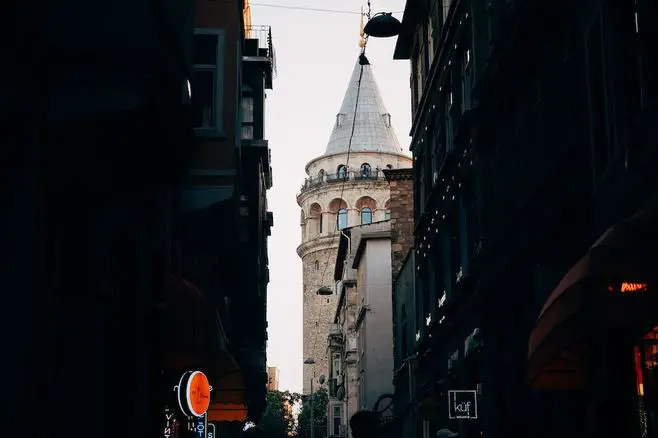
Yumechiyo Museum is a small museum located in Niimi, Okayama Prefecture, dedicated to the life and works of Yumechiyo.
What to see or do: Visitors can see a collection of Yumechiyo’s sculptures made from natural materials, such as wood and stone.
Additionally, the museum also has a collection of photographs and documents that provide insight into the artist’s life and artistic process.
Don’t miss: Make sure to check out Yumechiyo’s most famous sculpture, “Mount Fuji”, which stands at over six meters tall and is made entirely out of wood.
Insider travel tips: – If possible, try to visit the museum when Yumechiyo’s son, who now runs the museum, is present as he provides valuable insights and stories about his father’s life and works.
9. Horyuji Temple

A UNESCO World Heritage site that is one of the oldest temples in Japan, founded in 607 AD.
What to see or do: Admire the impressive wooden structures, including the main hall and pagoda, and explore the rich collection of Buddhist art and artifacts.
Don’t miss: The Yumedono (Hall of Dreams), which houses a statue of Prince Shotoku, and the Nandaimon Gate, adorned with intricate carvings.
Insider travel tips: Wear comfortable shoes as the temple grounds are expansive and there is lots to see. Consider hiring a guide to enhance your experience and learn more about the history and significance of the temple.
10. Raikyuji Temple

Raikyuji Temple is a tranquil and stunning Buddhist temple located in Niimi, Okayama Prefecture, Japan.
What to see or do: Visitors can explore the temple buildings, stroll through its picturesque gardens, and enjoy a traditional tea ceremony in a tatami-floored room.
Don’t miss: Make sure to check out the temple’s impressive main hall, which dates back to the Edo period and features beautiful sliding doors painted with scenes of nature.
Insider travel tips: Be sure to visit during the autumn months when the changing leaves make the temple grounds even more beautiful. Additionally, if you’re interested in the tea ceremony, it’s recommended to book in advance to ensure availability.
11. Fukazawa Enichi Memorial Art Museum

Fukazawa Enichi Memorial Art Museum is a small museum in Niimi that showcases the works of Enichi Fukazawa, an artist known for his exceptional pottery and calligraphy skills.
What to see or do: Visitors can admire Fukazawa’s pottery masterpieces, including tea bowls, vases, plates, and sake sets, which feature traditional Japanese designs. The museum also displays a vast collection of calligraphy works, which demonstrate the artist’s skill and creativity.
Don’t miss: The most remarkable artwork in the museum is the “Yoroboshi” (night-traveling monk) tea bowl, which is designated as a National Treasure of Japan.
The subtle beauty of the bowl’s glaze and the balance of its shape are exceptional.
Insider travel tips: – The museum is accessible by car or train. The nearest station is Bitchu-Kokubu Station, which is a 20-minute walk from the museum.
12. Kibiji Trail
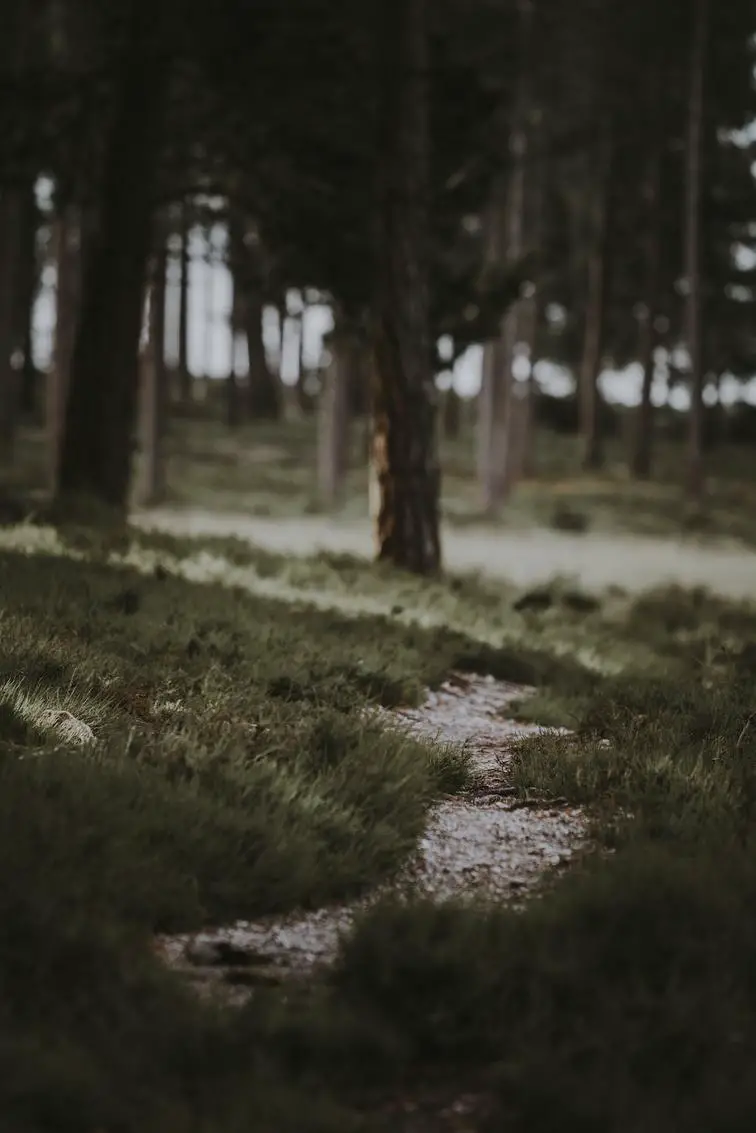
Kibiji Trail is an ancient trail that runs for 33km through the mountains of Okayama Prefecture in Japan.
What to see or do: The trail offers stunning views of the Japanese countryside and takes you through several historical sites, including ancient burial mounds, Shinto shrines, and Buddhist temples.
Along the way, visitors can also enjoy the natural hot springs and peaceful villages that dot the trail.
Don’t miss: The highlight of the Kibiji Trail is the majestic Kibitsu Shrine, which dates back to the 3rd century. The shrine is famous for its unique architecture, beautiful gardens, and rich history.
Insider travel tips: – The best time to hike the Kibiji Trail is in the spring when the cherry blossoms are in full bloom.
13. Bitchu-Matsuyama Castle
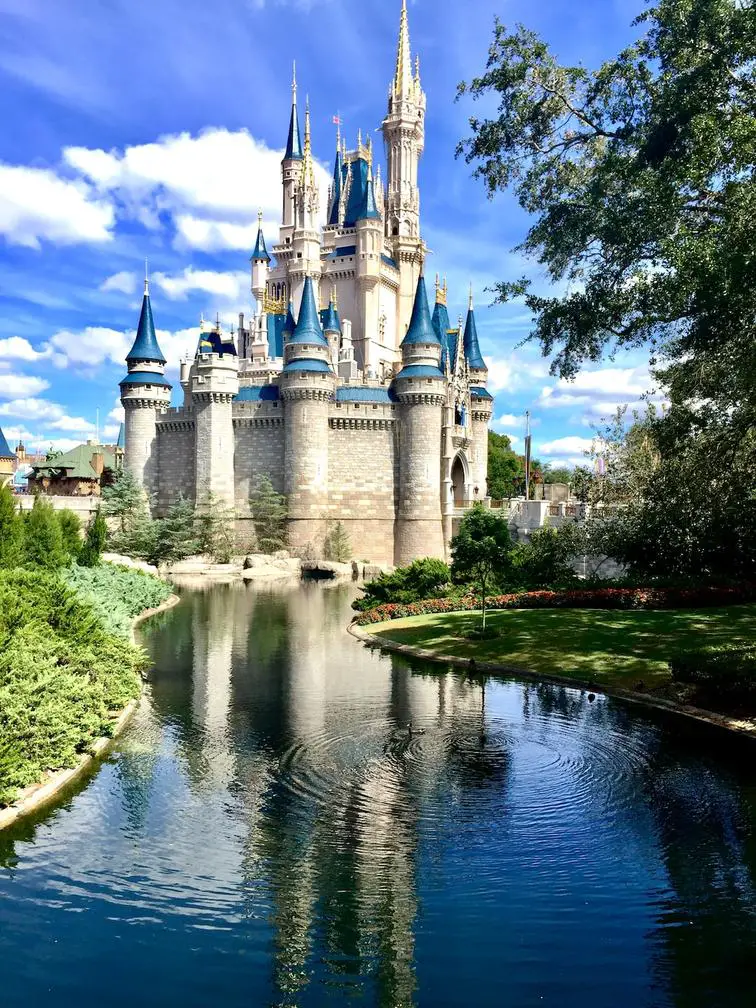
Bitchu-Matsuyama Castle is a well-preserved mountaintop fortress that dates back to Japan’s feudal period.
What to see or do: Visitors can hike to the castle grounds while admiring the stunning mountain scenery along the way. Once there, travelers can explore the various levels of the castle tower and observe historic artifacts and weapons.
Don’t miss: Don’t miss the breathtaking views from the castle’s vantage point, overlooking the surrounding valley.
Also, be sure to check out the historical reenactments and demonstrations put on by the staff during festivals and special events.
Insider travel tips: Wear comfortable shoes, as the hike to the castle can be steep. Visit during the cherry blossom season for a picturesque view of the castle tower surrounded by pink petals.
Additionally, take advantage of the English audio guide available for a more immersive experience.
14. Maki-do Cave
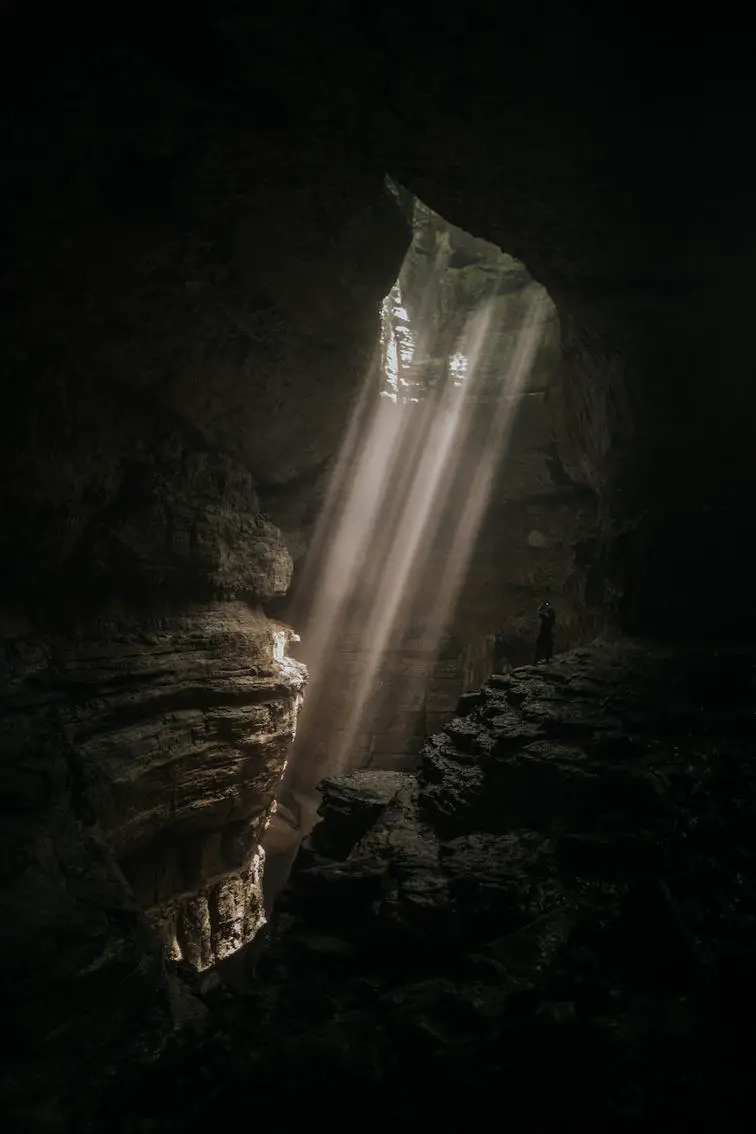
Maki-do Cave is a stunning limestone cave located in Niimi, Okayama Prefecture, Japan.
What to see or do: Visitors can explore the complex network of underground passages, crystal-clear pools, and impressive stalactites and stalagmites.
Don’t miss: Be sure to witness the awe-inspiring Curtain of Light, a natural phenomenon that occurs when sunlight enters the cave through a small opening and creates a beautiful reflection on the water.
Insider travel tips: Wear nonslip shoes, bring a flashlight, and layer your clothing, as it can get chilly inside. Be aware that some areas of the cave may be slippery and require extra caution.
15. Note that the list is not ranked in any particular order
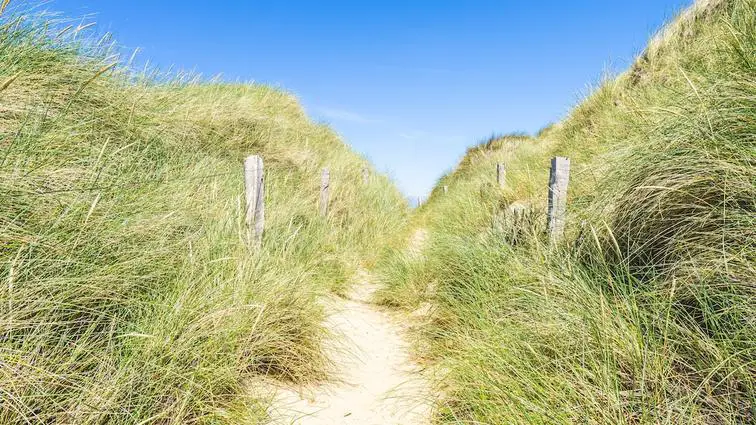
What to see or do:
Don’t miss:
Insider travel tips: